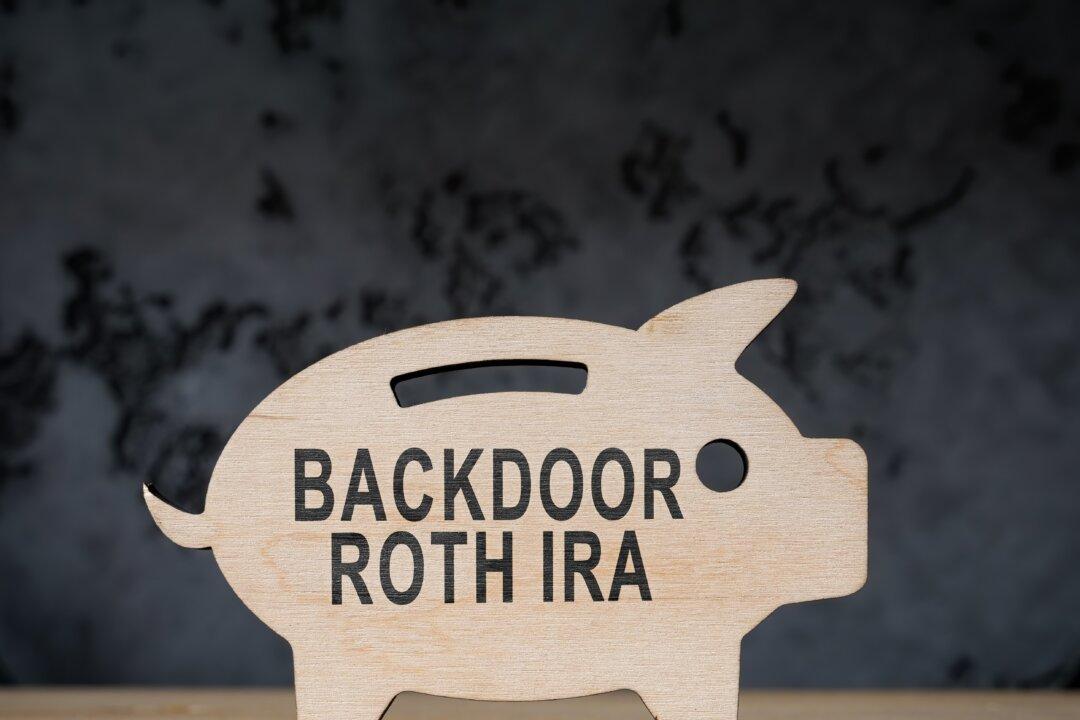A backdoor Roth IRA allows you to transfer nondeductible contributions from a traditional IRA into a Roth IRA.
With a Roth IRA, you can make tax-free withdrawals at retirement. This can be especially useful for affluent individuals who earn too much to directly contribute to a Roth IRA.






